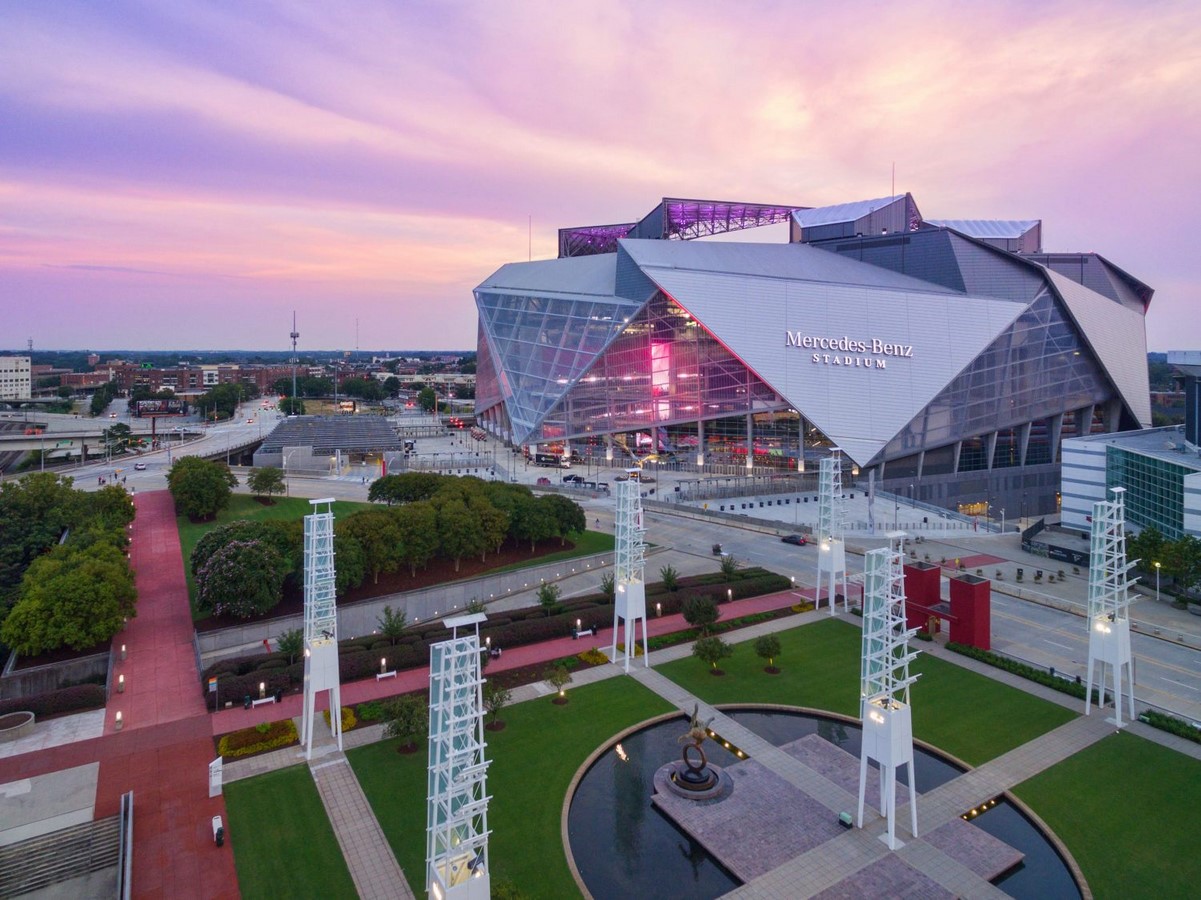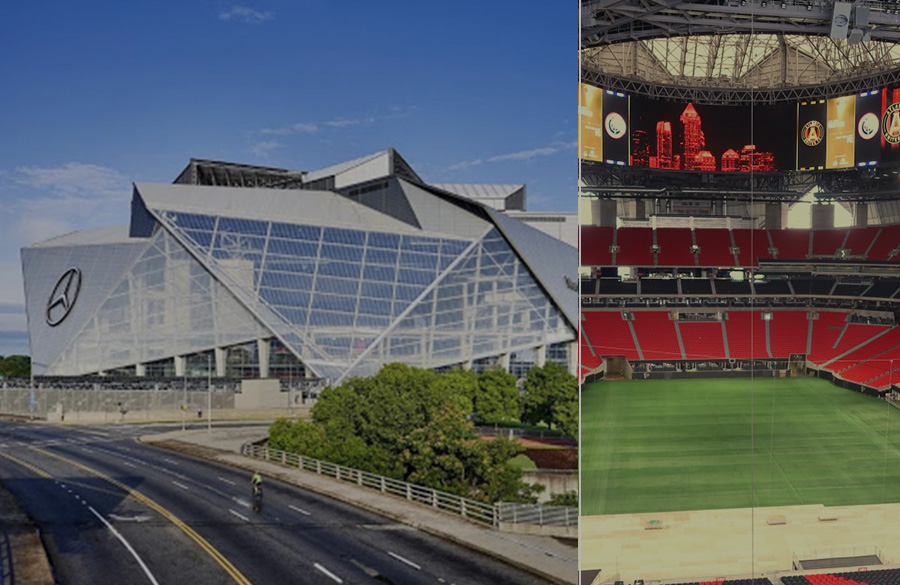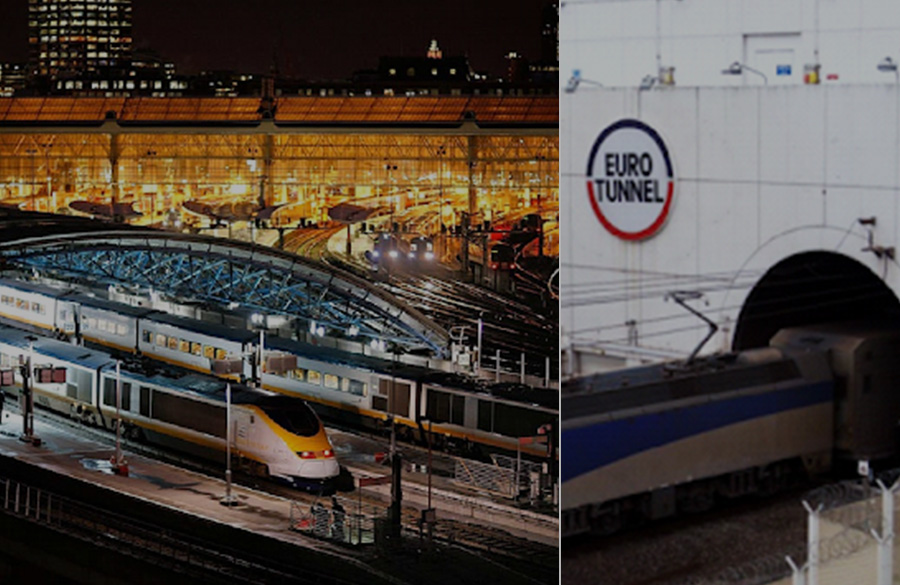Opened in 2017, a one-of-a-kind stadium represented as an architectural marker for the city of Atlanta creating an unparalleled game-day experience for fans, the Mercedes Benz Stadium is home to Atlanta Falcons football and Atlanta United soccer teams owned by Arthur Blank.“A Stadium Unlike Any Other” [1]
1.Quoted by HOK –© https://www.hok.com
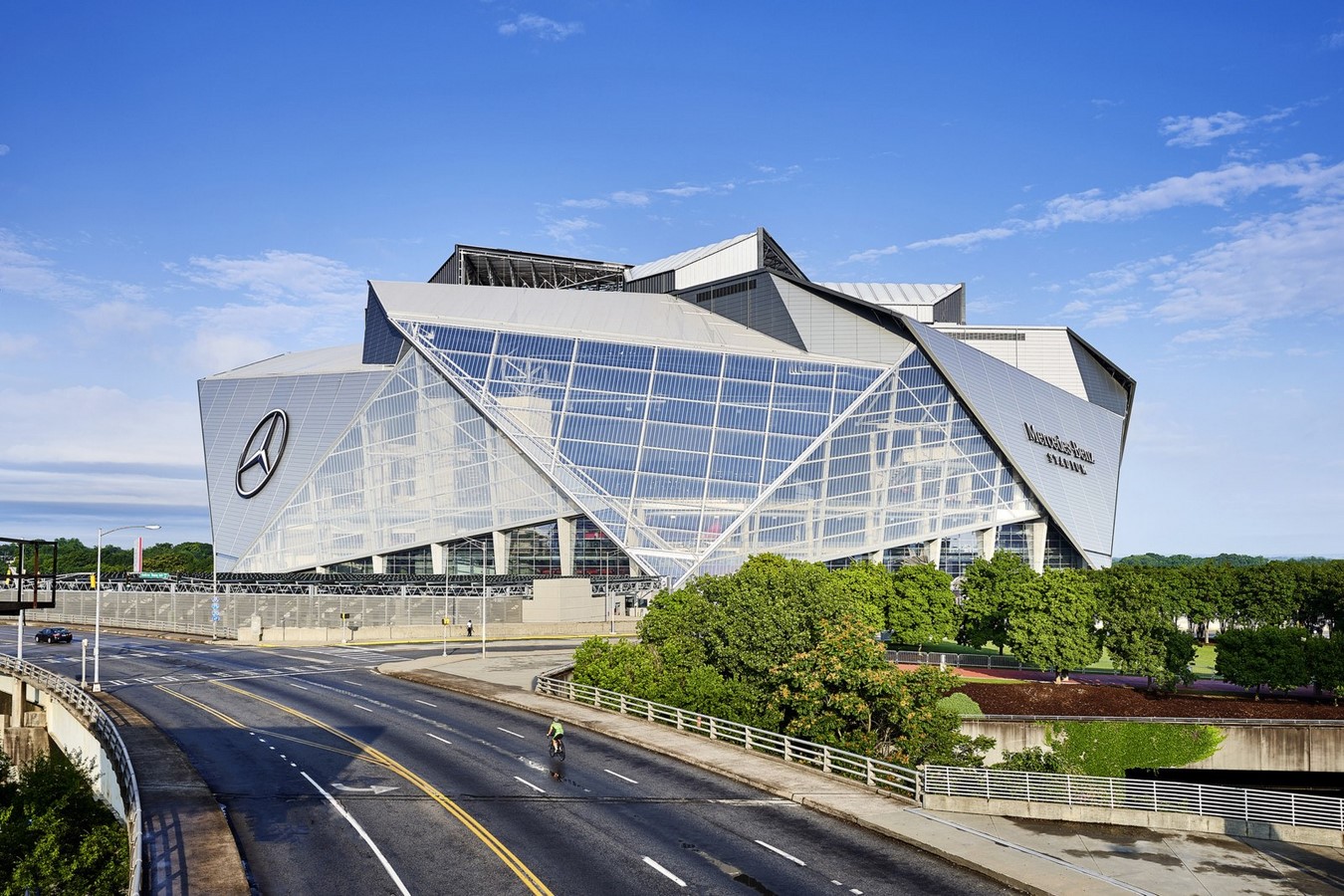
Introduction – Opened in 2017, a one-of-a-kind stadium represented as an architectural marker for the city of Atlanta creating an unparalleled game-day experience for fans, the Mercedes Benz Stadium is home to Atlanta Falcons football and Atlanta United soccer teams owned by Arthur Blank. The 2-million-square-foot Mercedes Benz Stadium, with a seating of 71,000 is designed by HOK. HOK redefines the idea of what a stadium can be, constructing a building that looks and functions like no other and revolutionizes the experience of a live event.
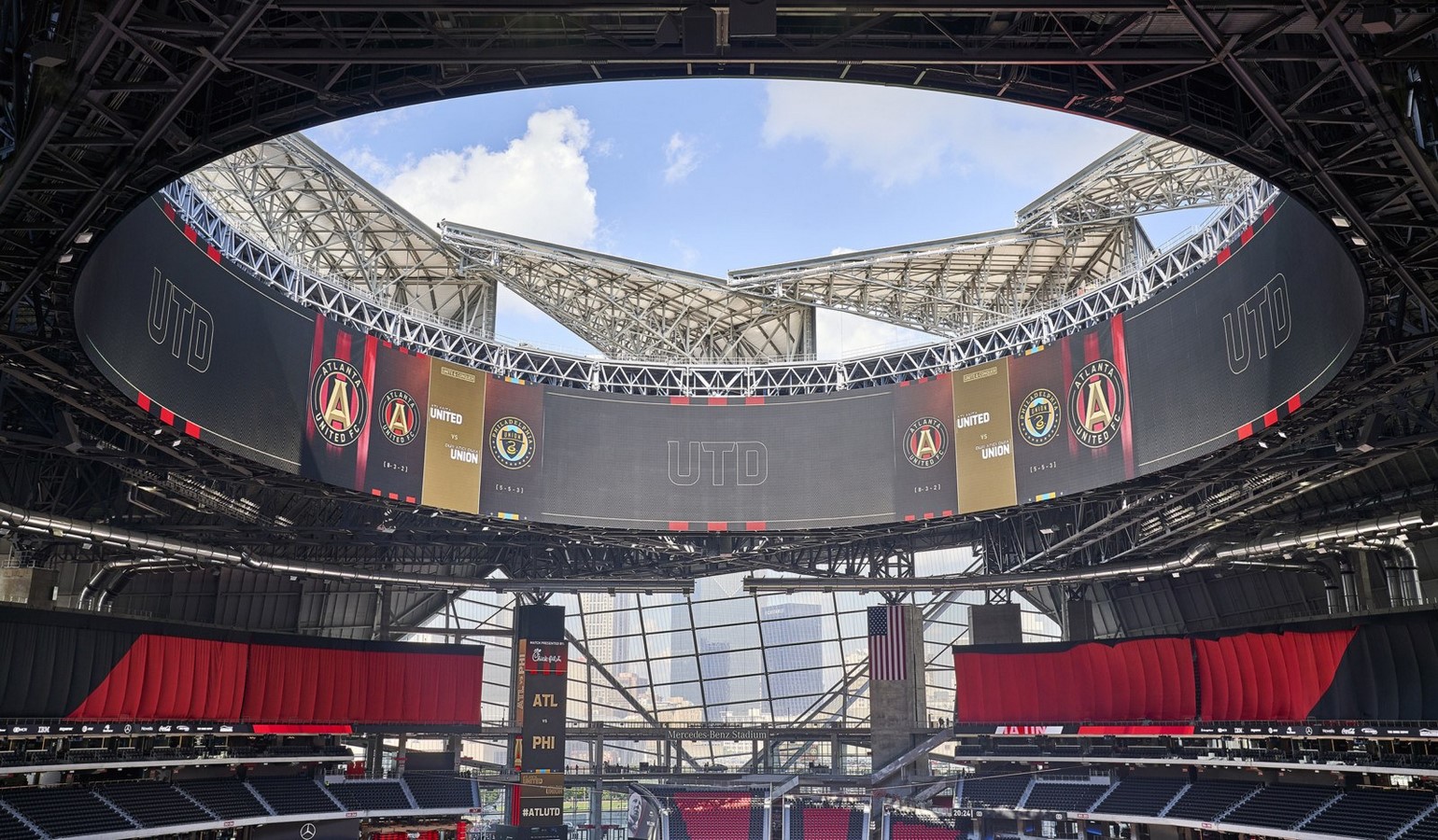

Design – Mercedes Benz Stadium has an ambitious technological and sustainability program. The vision for the project was to design the future of the fan experience. The team approached this design most unconventionally from top to down, starting with a roof that appears to open and close like a camera aperture.
Designed as a signature element, the stadium’s retractable roof, inspired by the oculus within Rome’s ancient Pantheon was made possible by modern architectural and engineering innovations. The roof features eight 220-foot-long triangular “petals”. With the push of a button, the petals rotate when opening and move in unison along 16 linear tracks. The roof, a piece of architectural theatre, allows for natural ventilation and day-lighting as well as liability in the building’s performance across various seasons. The roof opens in eight minutes and closes in seven. The stadium can be quickly reconfigured to accommodate games for the Falcons, Atlanta United, and events including the Super Bowl, NCAA Men’s Basketball Final Four, the College Football Playoffs National Championship Game, and major concerts. Retractable seats surrounding the field give fans a chance to get close to the action of both football and soccer. Digital media platforms throughout the stadium allow opportunities for teams and sponsors to display programmable content on game days. The Mercedes Benz Stadium’s central location is the reflection of a contemporary stadium as a commercial platform. In addition to being a downtown entertainment district, the stadium will reshape not only the commercial activity of the neighborhood but also its provision of resources through sustainable measures.

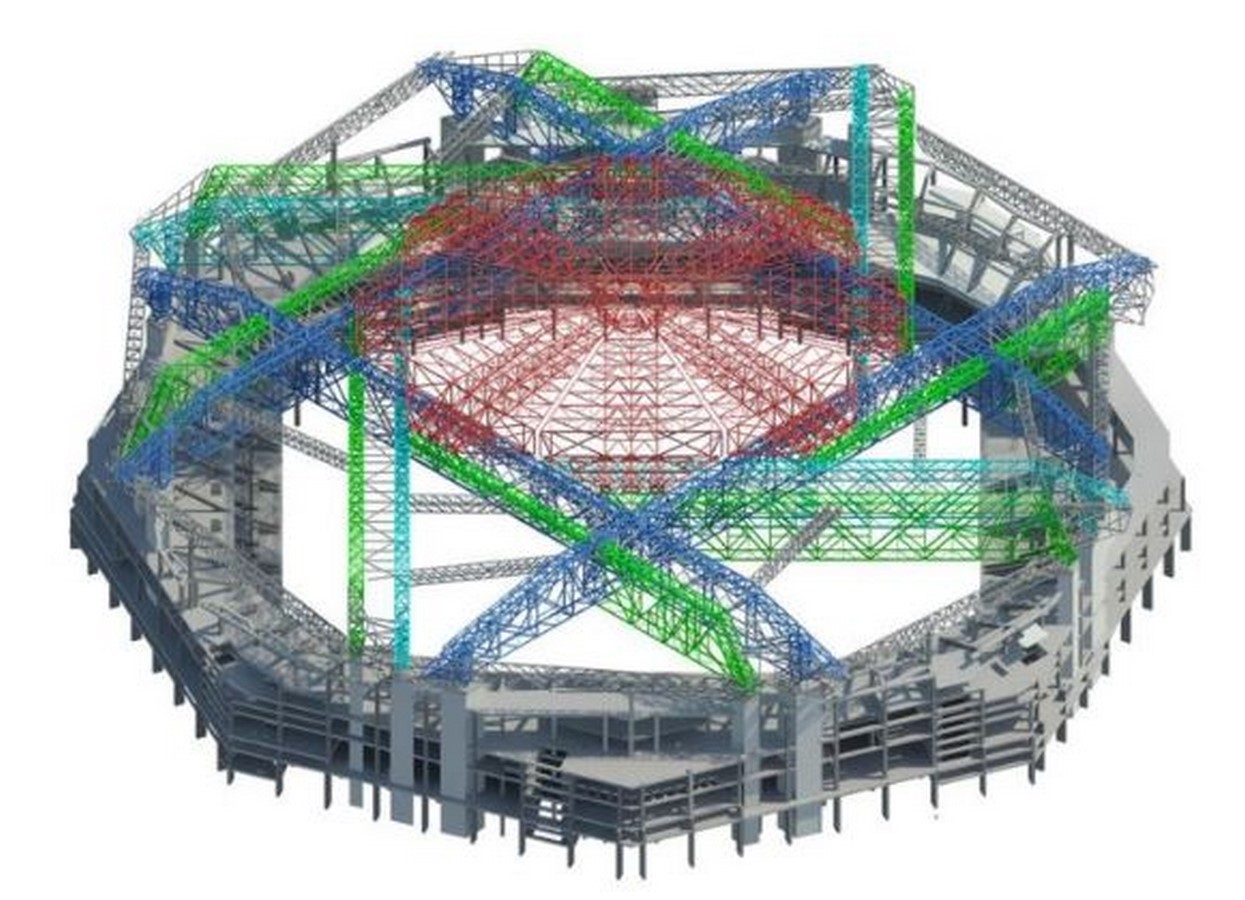
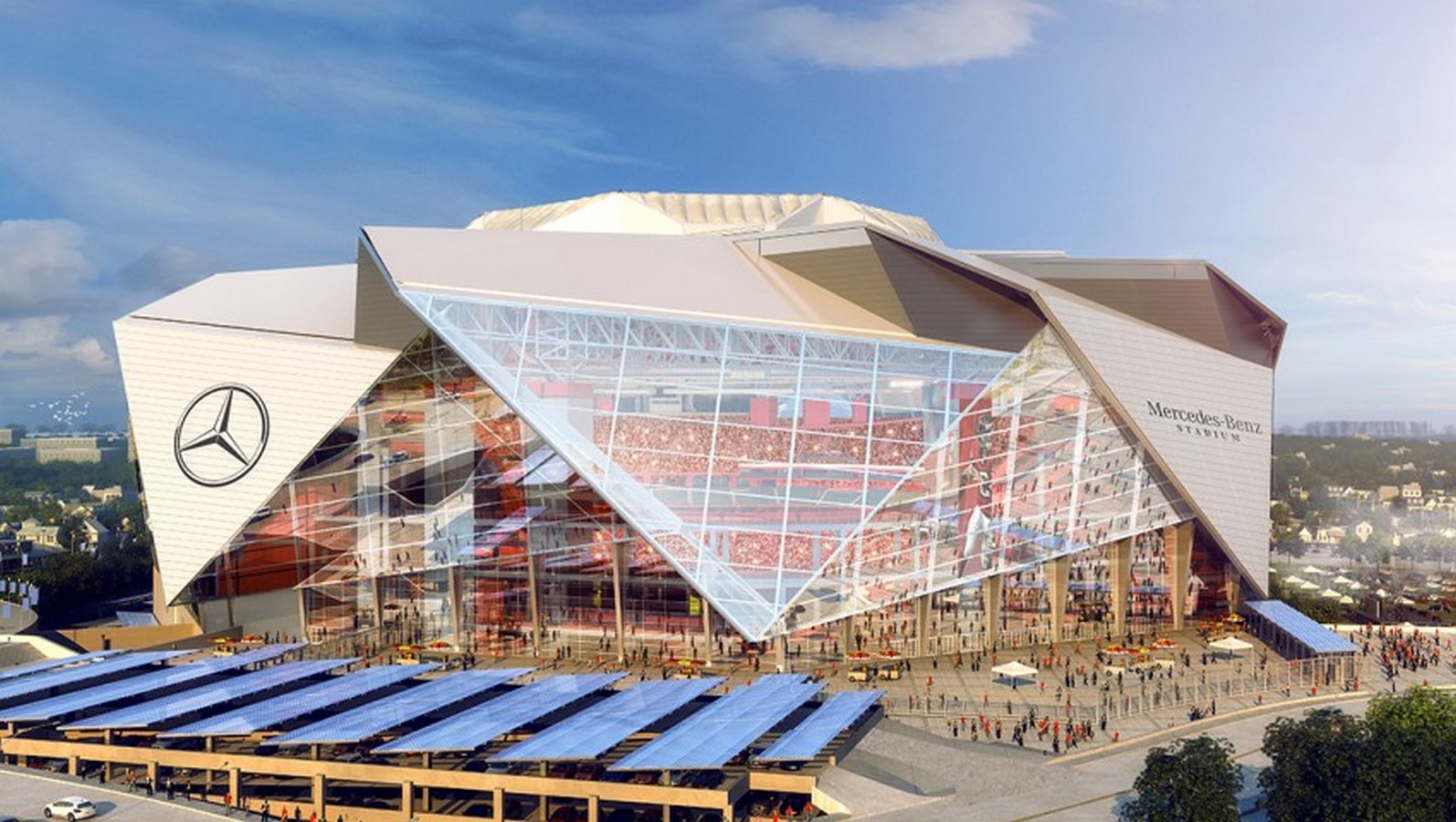
Materials/Construction – Each hefty panel of the roof weighs 1,600 tons, constructed with strong steel trusses and clad in ETFE- ethylene tetrafluoroethylene, a fluorine-based plastic with high resistance to corrosion. ETFE was chosen for the roof due to its stability, aesthetic appeal, and sustainability. The ETFE film is UV-transparent which protects it from being structurally weakened or discolored from exposure to UV. The façade follows the roof’s angular form deriving its shape from a falcon’s wing and consists of alternating insulated material and ETFE panels. The transparency of the facade on the Mercedes Benz Stadium’s west side creates a 16-story window allowing abundant daylight and offers panoramic views of Atlanta’s skyline. Exterior lighting can easily change the color of the façade. A unique 360-degree HD video halo board, 6 stories high, and a 330-meter circumference is designed to complement the roof’s opening and preserve its iconic beauty. It’s the largest video board in any stadium creating a theatre-in-the-round experience. Made up of more than 37 million LEDs, the halo board provides a 63,000-sq-ft single canvas on which digital media can be presented in ways unimaginable. The stadium interior offers fans a variety of seating options with novel vantage points and service levels for enjoying the live experience. The Mercedes Benz Stadium features amenities like a technology lounge, a 100-yard bar, 24 bars, and restaurants. More than 4,000 miles of integrated fiber-optic cable creates an interactive experience, which includes 2,000 TVs and robust WiFi and cell phone service. The enormity of this infrastructure displays the shift in the contemporary stadium from a physical, analog experience to a digital realm.
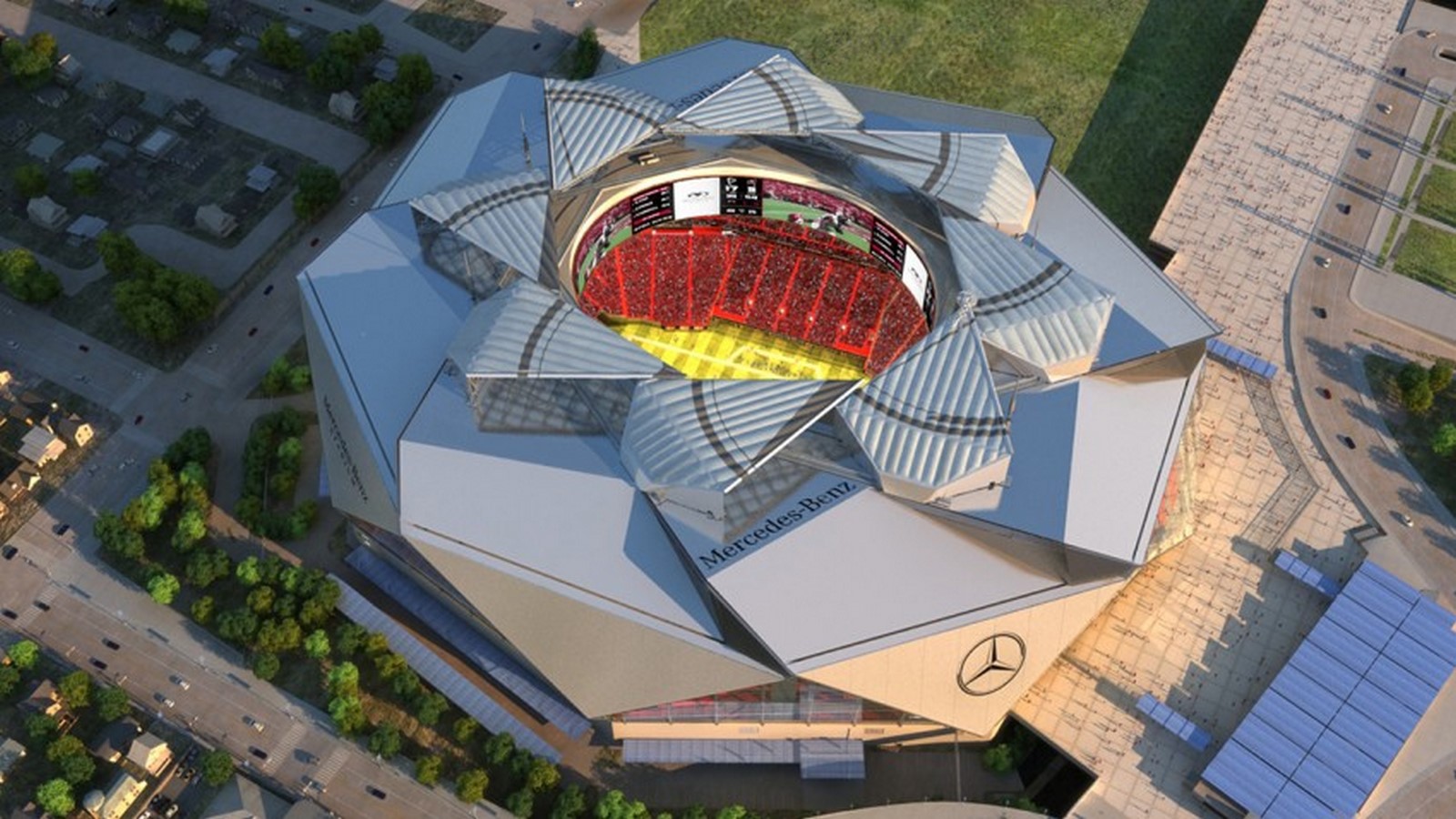
Sustainability – The Mercedes Benz Stadium has proved to be North America’s most sustainable stadium as it has officially received the first LEED platinum rating of 88 points from the US Green Building Council. It has notable design solutions to conserve water, electricity, and energy. The lightweight ETFE material used for the roof and façade is more energy-efficient than glass. The project sees the largest application of ETFE in the world. The roof encourages natural ventilation further minimizing energy use. The main sustainability feature of the project is a 6,00,000-square-foot cistern under the stadium which captures more than 2 million gallons of rainwater annually to mitigate flooding in Atlanta’s Westside neighborhood and provide irrigation for local trees. Edible landscaping and an urban garden encourage local food production and culinary jobs.
An adjacent 13-acre green space will provide not only for game-day parking but also non-game day community events. More than 4,000 solar panels serve a dual function as carports for the parking lot and generate 617 kilowatt-hours of energy per year- enough to power 10 Falcons games. 82,000-square-foot LED lighting which will last 10 times longer than standard lights and reduce energy by 60 percent has been used. The focus on sustainability extends into the community through connections to public transit, a network of bike trails, pedestrian-friendly walking paths, and open recreation spaces. All these conservation strategies for Mercedes Benz Stadium will save substantial operating costs throughout the stadium’s lifetime.
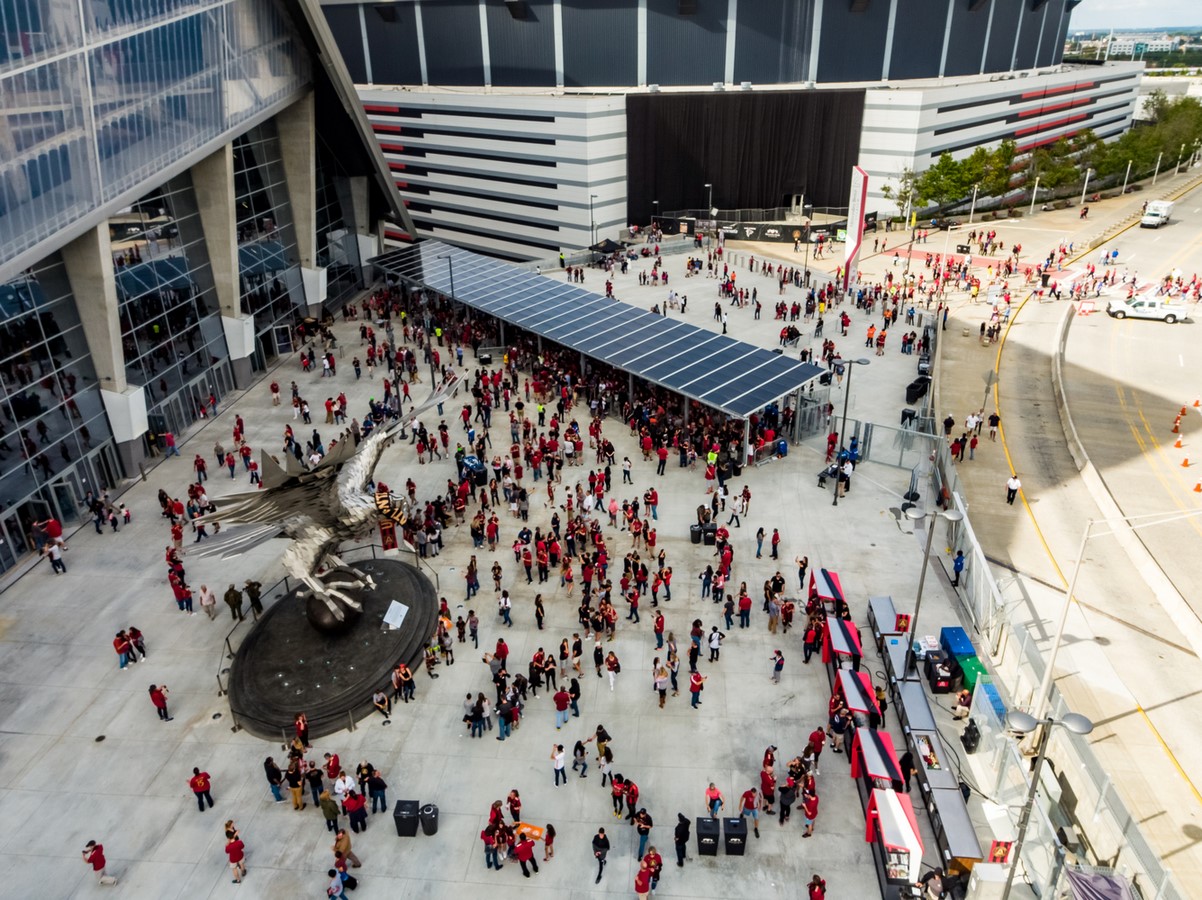
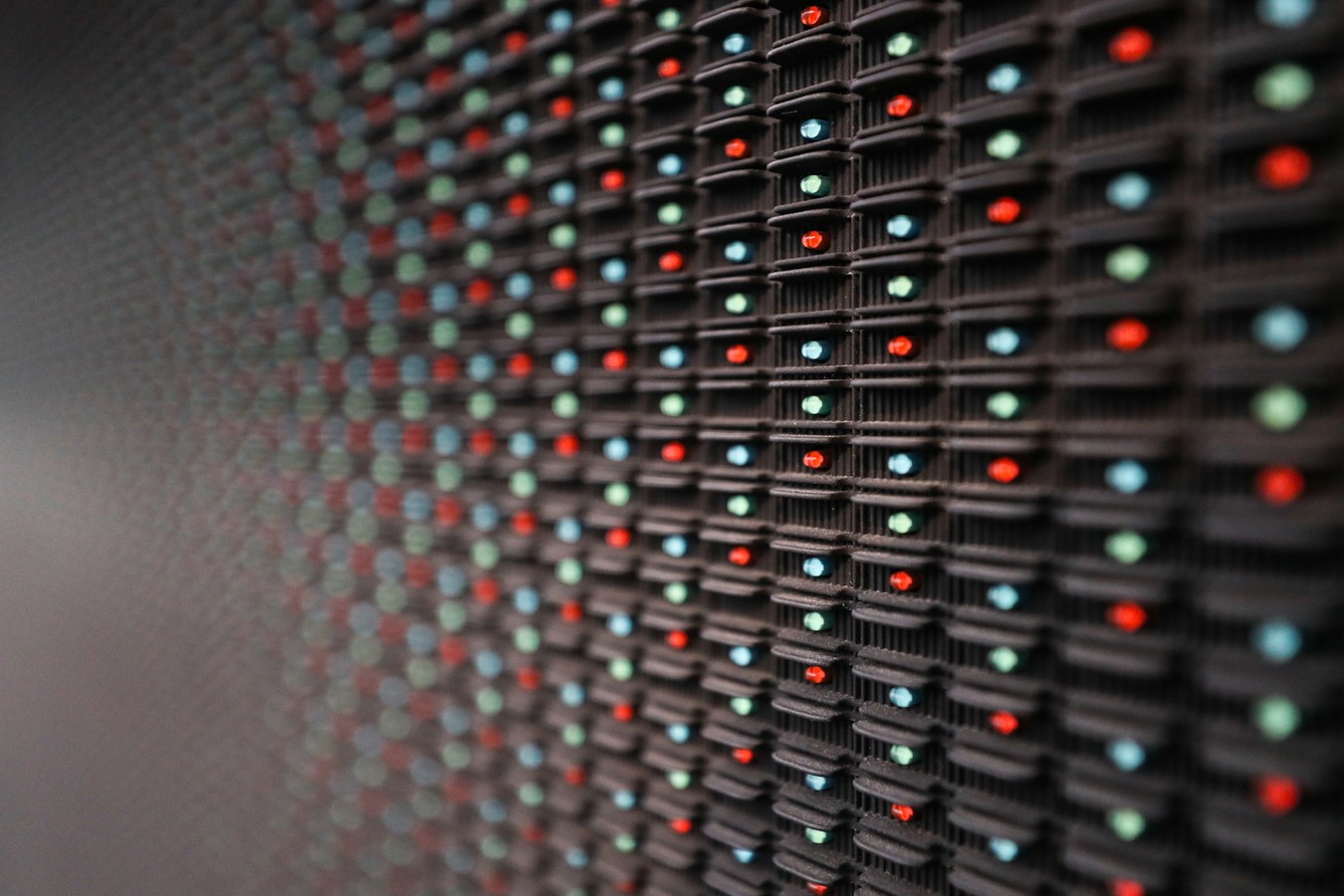
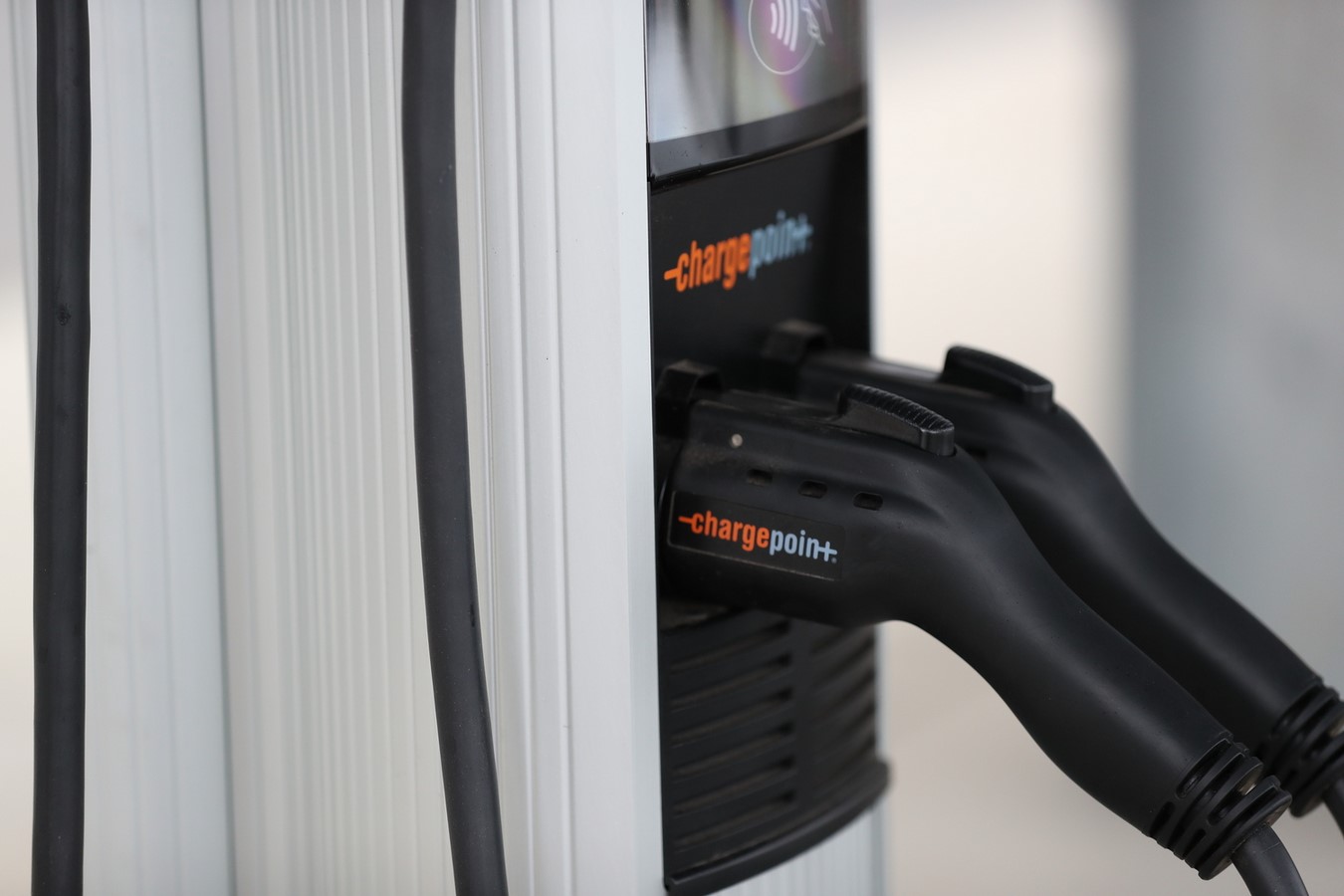
The Mercedes Benz Stadium proves to be an epitome of innovation and sustainability. With the vision of creating an unforgettable fan experience and doing right for the environment, HOK along with Arthur Blank has pushed limits of what was possible in terms of stadium design. The stadium has also catalyzed positive and transformational changes in Atlanta’s historic Westside communities.
